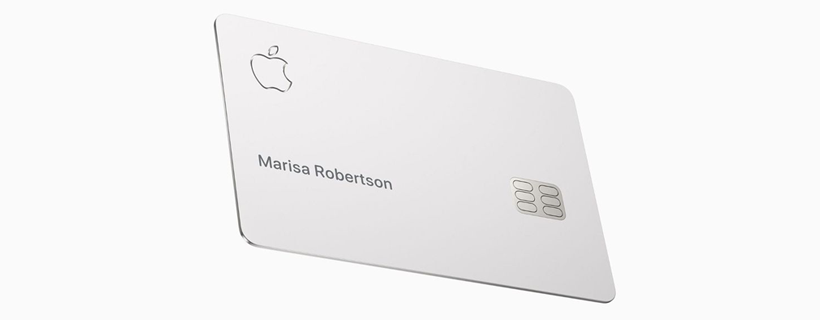Apple’s brand promise is a secret weapon. The company’s brand has long stood for ease of use, quality, attention to detail, and simplicity. Their brand promise, in turn, has always been that “it just works.” Increasingly, Apple’s message focuses on privacy and security. This shifts their brand promise from one based on ease of use to one based on trust.
That brand influence has moved beyond consumers and is increasingly influencing institutions, local governments, and healthcare providers to find new ways to work with the company. In addition to their tight hardware/software integration, Apple’s evolving brand will help the company build the most comprehensive digital wallet.
Apple Wallet 101
Apple Wallet (aka Wallet) was launched in 2012, initially capable of storing coupons, boarding passes, prepaid cards, and event tickets. In 2014 Apple Pay was added to Wallet, enabling in-store, online, and peer to peer payments. This summer a credit option (Apple Card) will be available as part of W
Apple Pay & Apple Card Revenue
Apple earns revenue based on a percentage fee of each transaction made through Apple Pay, and will monetize Apple Card in the same way. We estimate Apple Pay will account for $1B in revenue in 2019 and we expect it to grow to $4B in 2023. We also expect Apple Card to add $1.5B to Apple’s payments revenue in 2023.
After a slow start, Apple Pay adoption quickened in 2017, mostly due to growth outside of the US. We estimate transactions will grow at 100% in 2019 (to 10.8B), down from 200% growth in 2018.
Using Brand to Open Doors to New Markets
Apple Pay’s newfound success is based on the company leveraging its unique combination of hardware, software, services, and its brand to expand into markets other tech companies have largely not cracked. For example, Apple Pay’s introduction to parts of Japan’s public transportation system triggered a step up in adoption. More recently, Apple has made announcements about a growing list of college campuses and US public transportation systems.
We believe that Apple’s brand is a key enabler of these deployments. Third-party apps already address things like payments and ticketing with access to hardware like the camera, NFC chip, and touch ID. However, the Apple brand, especially its promise of security and privacy, will make mass adoption of these services more realistic.
College Campuses
College students represent just under 5% of the US population (16M people). The privacy and security elements of Apple’s brand have been essential to getting schools to consider Wallet options. Given Facebook and Google’s privacy struggles, it’s unlikely they’re in the conversation with these universities.
In October of 2018, Apple announced six universities, including Duke, Alabama, Oklahoma, Johns Hopkins, Santa Clara, and Temple, will roll out student ID built into Wallet. To date, all but Santa Clara have launched. The use case is replacing everything you can do with a physical student ID card, including access to campus buildings, along with payments integrated with food and student services.
We expect more schools will be announced this fall and growth will likely accelerate in the coming years. Integration of IDs is one of the few missing elements in the digital wallet. Eventually, the driver’s licenses will go digital, but there is little progress to report on that end. In the meantime, getting colleges to adopt Apple Wallet is a noteworthy step in replacing the physical wallet.
Public Transportation
About 34 million times each weekday, people in the US use public transportation (source: APTA), which we estimate translates to 7% of the US population (23M) using mass transportation at least once per month.
The public transportation experience is full of friction that can be solved with a digital wallet. Typically, mass transit issues a physical card that requires removal from a wallet to enter a station. Users must also determine the amount of stored value on the card and replenish it at a physical ticket booth. Apple has succeeded in launching Wallet-enabled public transportation systems in five countries outside the
We believe Apple’s brand promise will play well for additional
Disclaimer: We actively write about the themes in which we invest or may invest: virtual reality, augmented reality, artificial intelligence, and robotics. From time to time, we may write about companies that are in our portfolio. As managers of the portfolio, we may earn carried interest, management fees or other compensation from such portfolio. Content on this site including opinions on specific themes in technology, market estimates, and estimates and commentary regarding publicly traded or private companies is not intended for use in making any investment decisions and provided solely for informational purposes. We hold no obligation to update any of our projections and the content on this site should not be relied upon. We express no warranties about any estimates or opinions we make.
